Symmetrel (100 mg)
Symmetrel is the trade name of Amantadine. This drug is used as an antiviral as well as antiparkinsonian drug by the Food and Drug Administration. It is useful even as a building block for organic synthesis. This drug falls under the pregnancy category B3 and C and it is orally administered. Rimantadine being a close derivative of Symmetrel contains similar biological properties as of Amantadine.
Composition of Symmetrel
Symmetrel was generically designated as amantadine hydrochloride. It is as nearly white or white crystalline powder, soluble in chloroform and alcohol and freely soluble in water. It is found in the form of syrup and tablets.
A single tablet contains the following inactive ingredients:
- FD&C Yellow No. 6
- Sodium starch glycolate
- Microcrystalline cellulose
- Magnesium stearate
- Hydroxypropyl methylcellulose
The syrup contains the following inactive ingredients:
- Sorbitol solution
- Propylparaben
- Methylparaben
- Citric acid
- Artificial raspberry flavour
Uses of Symmetrel
This medication is used in the process of the treatment of a particular type of flu (influenza A). A person infected with the flu can reduce the severe symptoms using this medication. It may also help in preventing the occurrence of the flu in future. It stops the growth of the virus that causes the flu. A flu shot in a year can increase the chances of prevention to a greater extent.
Side-effects of Symmetrel
Using any medication can result in side-effects in the patient’s body. Some of the side-effects are as follows:
- Confusion
- Blurred vision
- Fainting
- Lightheadedness or dizziness
- Difficulty in urinating
- Feeling, hearing, or seeing things that are not present
- Swelling of the lower legs, feet, or hands
- Seizures or convulsions
- Change in vision or decreased vision
- Difficulty in coordination
- Chills, sore throat, or fever
- Increased blood pressure
- Increase in body movements
- Loss of memory
- Swelling or irritation in the eye
- Mental depression
- Mental or severe mood changes
- Skin rash
- Attempts or thoughts of suicide
- Unexplained breathlessness
- Slurred speech
- Headache
- Anxiety, nervousness, or agitation
- Irritability
- Nausea
- Loss of appetite
- Nightmares or trouble in sleeping
- Decrease in the sexual desire
- Constipation
- Drowsiness
- Vomiting
- Dryness of the throat, mouth, and nose
- Vague sense of well-being
- Blotchy spots, net-like, or purplish red spots on the skin
- Unusual weakness or tiredness
Contraindications of Symmetrel
There are many physiological conditions when this drug should be prohibited to patients. Some of these conditions are mentioned below:
- Allergic reaction to amantadine analogues
- Having suicidal thoughts
- Mental disturbance
- Excessive or misuse of drugs
- Closed Angle Glaucoma
- Chronic Heart Failure
- Blood Pressure Drops while standing
- Eczema
- Epileptic Seizure
- Kidney disease
- Visible Water Retention
- Malignant pigmented tumour or mole
Symmetrel and Pregnancy
Symmetrel belongs to the pregnancy category C where there have been evidences of teratogenicity and embryotoxicity when given in high doses to animal subjects. Though, there has not been any controlled data on human subjects.
